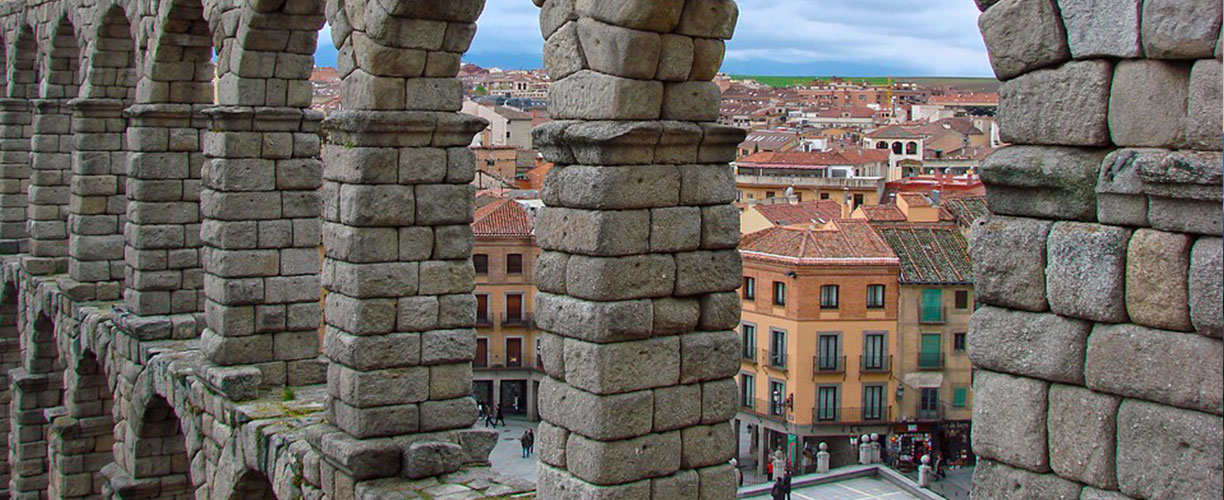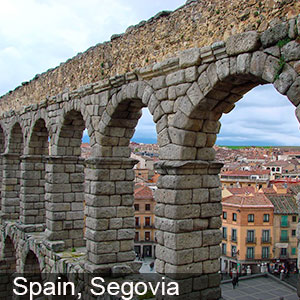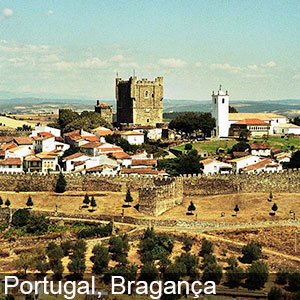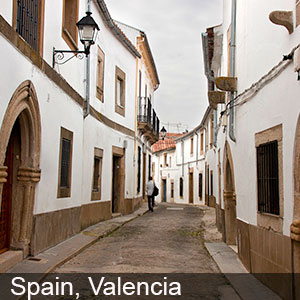
In the Footsteps of the Crypto-Jews (Spain & Portugal)
Overview / Highlights
12 NIGHTS / 13 DAYS The first documents mentioning Jewish people in Iberia are from the Visigothic period. It was also in this period that the first documented anti-Judaic persecution took place. The persecution would continue again and again during the long troubled history of the Jewish people along the Iberian Peninsula, a region that covers Portugal and parts of today’s Spain. All these events culminated with the Inquisition and the Decrees of Expulsion. Some Jews converted to Catholicism while others resisted and were forcedly baptized, becoming the first Iberian Crypto-Jews. The information concerning Sephardic and Iberian Crypto-Jewish descendants is scant. This tour attempts to tell the story by visiting regions where these stories come to life including Belmonte and Bragança district in Portugal, and the Chueta community from Mallorca Spain.
Tour Program Summery OutlineDay 1 : Barajas Airport - Madrid Day 2 : Madrid Day 3 : Madrid - Segovia Day 4 : Segovia - Zamora - Miranda do Douro -Carçao - Bragança Day 5 : Bragança - Vila Nova de Foz Côa-Guarda Day 6 : Guarda - Trancoso - Linhares da Beira - Guarda Day 7 : Guarda - Belmonte - Covilha - Castelo de Vide Day 8 : Castelo de Vide - Marvâo - Valencia de Alcantara – Caceres Day 9 : Caceres - Hervas Day 10 : Hervas - Bejar - Candelario - Hervas Day 11 : Hervas - Avila - Madrid Day 12 : Madrid - Toledo – Madrid Day 13 : Madrid - Barajas Airport |
Click |





